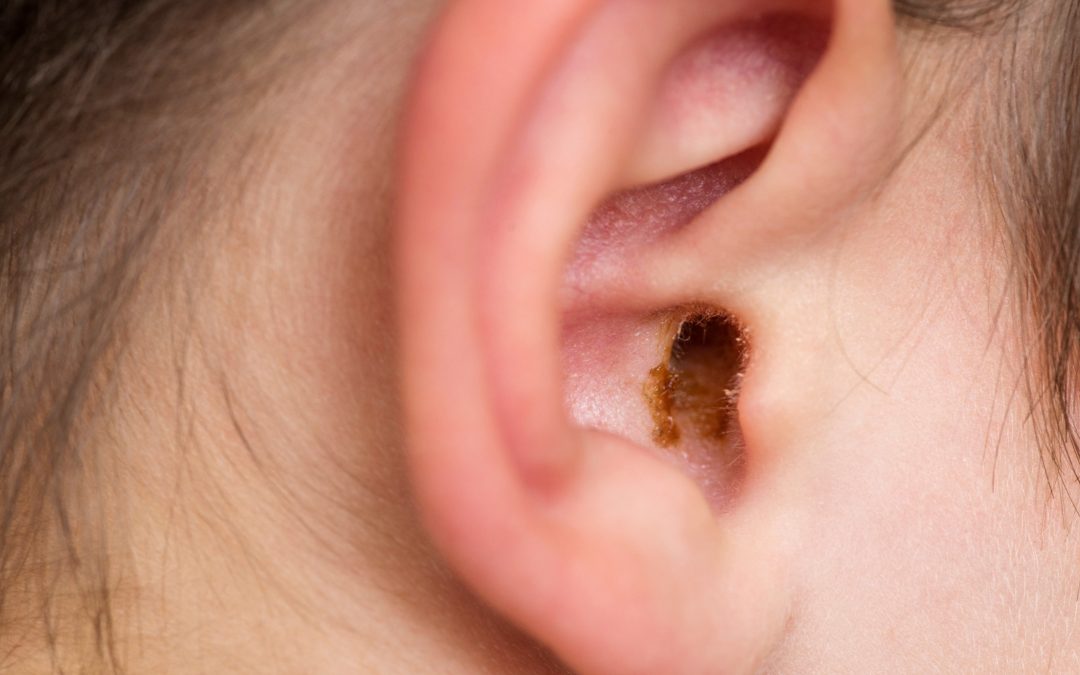Earwax, also known as cerumen, is an important part of our internal auditory system. Many people don’t realise how fascinating and complex the production of earwax is. From its function to its composition, there’s much more to know about earwax than just that it should not be removed from the ears using cotton swabs or other objects!
In this blog post, we’ll delve into some of the crazy details you should learn about this unique substance – read on to discover six essential facts towards understanding why it’s essential for healthy hearing.
1. What is Earwax and why is it important to your health
Earwax, also known as cerumen, is a sticky substance produced by glands located in the ear canal. Despite its bad reputation, earwax is a crucial component of your ear’s health. One of its primary functions is to trap debris, such as dirt and dust, before it reaches the eardrum.
It helps to prevent infections and damage to the delicate structures within the ear. Additionally, earwax has antimicrobial properties that can help to kill any bacteria that may have entered the ear canal.
2. The Different Types of Earwax and Their Functions
There are two primary types of earwax: wet and dry. Each type has its unique characteristics, and they function slightly differently in maintaining the cleanliness and health of your ears.
- Wet Earwax
Wet earwax is common among people of African and European descent. This type of earwax is typically yellowish-brown in colour and feels sticky or greasy. Wet earwax plays a crucial role in trapping dust, dirt, and other foreign particles that could potentially harm the eardrum. Its sticky texture allows it to effectively catch these particles and gradually move them out of the ear canal.
- Dry Earwax
Dry earwax is prevalent in individuals of East Asian and Native American descent. It is generally grey and flaky, providing a less hospitable environment for bacteria and fungi, therefore contributing to a lower risk of ear infections. By regularly flaking and falling out of the ear, dry earwax naturally cleans the ear canal.
How Much Earwax Should You Have
Earwax is a natural substance produced by your body to protect your ears from dirt, dust, and other particles. However, most people don’t know how much earwax they should have. The truth is, there’s no right or wrong amount of earwax, as everyone’s body is different.
Some people produce more earwax than others, and that’s perfectly normal. However, if you notice a sudden increase or decrease in earwax production, it might be worth visiting your doctor.
Benefits of Good Earwax Hygiene
Maintaining good earwax hygiene can significantly benefit your overall ear health in several ways:
1. Prevents Ear Infections: Regular and proper ear care helps prevent potential infections caused by the buildup of bacteria or excessive earwax.
2. Promotes Hearing Clarity: Keeping your ears clean ensures that earwax doesn’t build up and block your ear canal, which can affect your hearing.
3. Reduces Risk of Earwax Impaction: Proper ear hygiene helps prevent earwax from being pushed deep into your ear canal, which could lead to impaction, a condition that can cause discomfort, tinnitus, or even temporary hearing loss.
4. Avoids Damage to the Ear Canal or Eardrum: Inappropriate cleaning methods such as using cotton swabs can potentially harm the delicate structures of your ear. Good ear hygiene practices involve safe cleaning methods that avoid such risks.
5. Enhances Overall Ear Health: Regular and correct ear care contributes to overall ear health, ensuring your ears function optimally to pick up sounds and maintain balance.
Common Misconceptions about Earwax
Despite its importance, there are a lot of misconceptions out there about earwax. The most prevalent ones include;
1. More Earwax Equals Dirtier Ears: Many people believe that an abundance of earwax equates to dirty ears. However, earwax production isn’t a reflection of personal hygiene. It’s a natural process for protecting your ears from dust, dirt, and harmful bacteria.
2. Earwax Must be Removed: Contrary to common belief, earwax does not necessarily need to be removed. Earwax plays a vital role in trapping dust and microorganisms, preventing them from reaching the delicate structures of the inner ear.
3. Using Cotton Swabs for Earwax Removal is Safe: Many believe that using cotton swabs is a safe and effective method for cleaning the ears. However, this can push the earwax deeper into the ear, leading to earwax impaction or even damage to the eardrum.
4. All Earwax is the Same: People often think that all Earwax is the same, but its consistency and colour can vary based on one’s race, age, and overall health.
5. Having Earwax is a Health Concern: Earwax isn’t a sign of illness or a medical condition. It’s a normal, healthy substance produced by our body for protection. However, excessive earwax or a sudden change in its colour and consistency could indicate an underlying health issue.
Always consult a healthcare professional for appropriate methods of ear care.
How to Clean Your Ears Safely at Home
Cleaning your ears is an essential part of your personal hygiene routine. It’s essential to keep your ears clean, but you need to do it safely. Here’s how you can do it right.
1. Avoid Cotton Swabs: Refrain from using cotton swabs or sharp objects to clean your ears. These can push the wax further into your ear canal, potentially causing damage.
2. Use a Gentle Solution: To safely clean your ears, use a gentle solution such as warm water, hydrogen peroxide, or baby oil. These can help to soften and loosen the earwax.
3. Soak a Cotton Ball: Soak a cotton ball in your chosen solution and place it gently into your ear.
4. Wait Patiently: Allow the solution to sit in your ear for a few minutes. It gives it time to soften the wax.
5. Tilt Your Head: After waiting, tilt your head to the side to allow the softened wax and solution to drain out.
6. Dry Your Ear: Gently dry your ear with a towel, taking care to avoid pushing anything into the ear canal.
7. Repeat if Necessary: If you feel there is still wax in your ear, you can repeat the process. However, if the wax is persistent, it may be best to consult a healthcare professional.
By following these steps, you can ensure that your ears are cleaned safely and effectively at home.
About Us
At Carlisle Hearing Center, we are dedicated to providing quality care toward improving your hearing health and quality of life. Hearing-related issues can often make you feel alone, but with our technologically advanced, affordable hearing solutions and top-notch advice, you can confidently live your life, assured that we are always looking out for you and your loved ones!
Contact us today to schedule your free hearing test, or visit our website to learn more about our hearing solutions.

